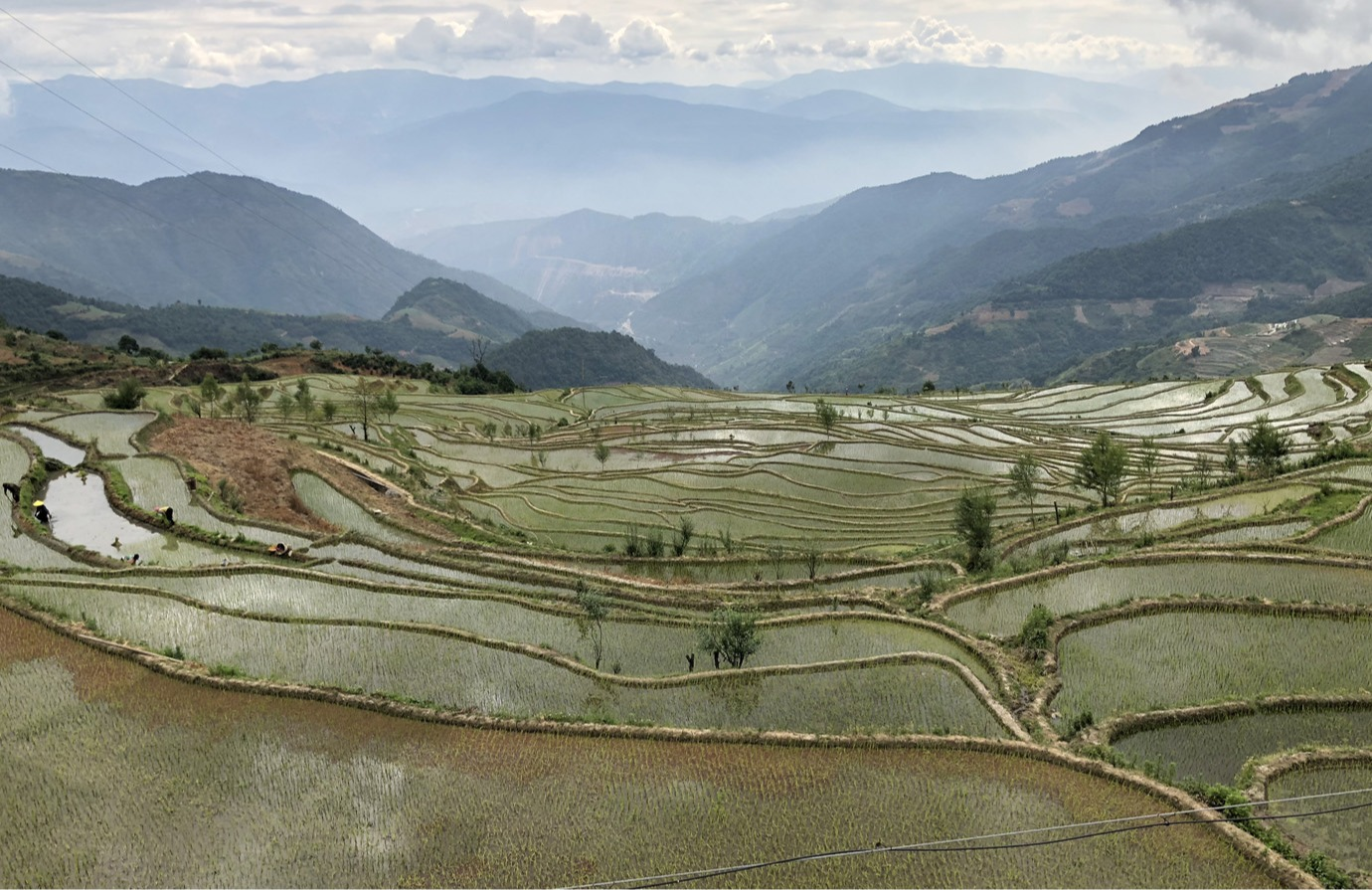Topic outline
This course introduces learners to the use of crop calendars for climate adaptation in agriculture. It covers agroecological zones and the roles of rainfall and phenological data in developing more accurate crop calendars. The course also integrates the use of climate forecasts to enhance decision-making in rain-fed systems. Through practical examples and case studies, learners will explore the FAO Crop Calendar platform and gain understanding of the methodology behind generating customized crop calendars based on rainfall data.




This course is aimed at:
- Agricultural extension officers and planners working at national or subnational levels.
- Staff of ministries of agriculture or environment involved in climate adaptation.
- Researchers and technical experts from national agricultural research systems (NARS).
- Development practitioners and advisors supporting resilience and food security projects.
- Agrometeorologists and climate service providers contributing to agroclimatic advisories.
- Professionals from non-governmental organizations (NGOs), United Nations agencies or international organizations working in climate-smart agriculture.
- The role crop calendars play in climate-resilient agricultural planning.
- Key agroclimatic variables and agroecological zones (AEZs).
- How to access and interpret data from the FAO Crop Calendar platform.
- How to create rainfall-based crop calendars using historical data.
- How to integrate seasonal and subseasonal climate forecasts into crop calendar planning.
The course consists of four lessons of approximately 30-40 minutes duration each:
- Lesson 1 – Introduction to crop calendars
- Lesson 2 – The FAO Crop Calendar platform
- Lesson 3 – Methodology for creating rainfall-based crop calendars
- Lesson 4 – Integrating climate forecasts into crop calendars
This course runs on the latest versions of the major browsers, such as Google Chrome, Microsoft Edge, Mozilla Firefox and Apple Safari.
The course opens in a separate popup window. If this does not happen, a popup blocker in the browser is probably preventing it from opening and you will need to disable popup blockers for this site. Please read the following instructions on how to do this.
Digital certification
This course offers certification. You will get your digital badge upon passing a final exam after completing the course and achieving a grade of at least 75%. Please click on the button below to complete the exam, or refer to our Certification section to learn more.
Evaluate this course
We would be pleased to receive your evaluation of this course, to support us in improving future e-learning courses. Please click on the button below to answer the questions in the form. It should only take you a few minutes!

